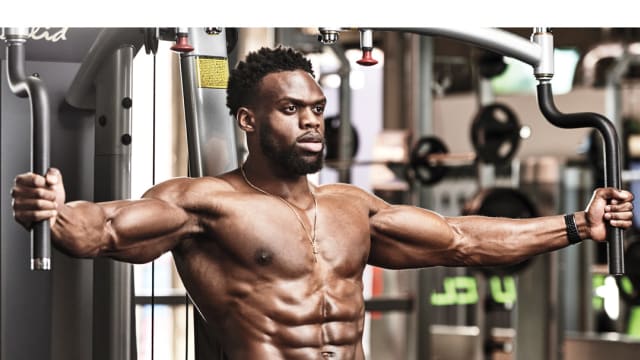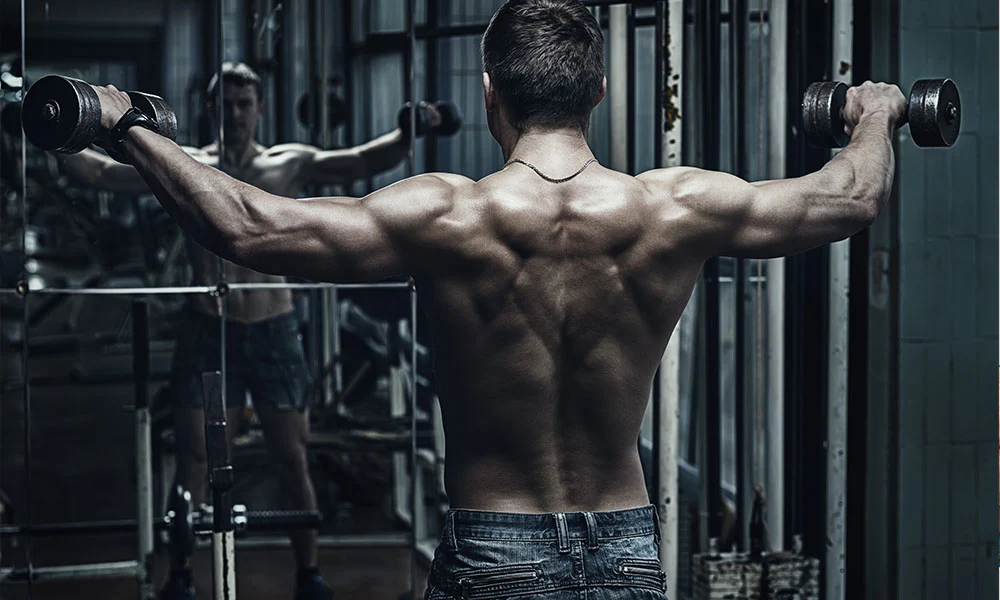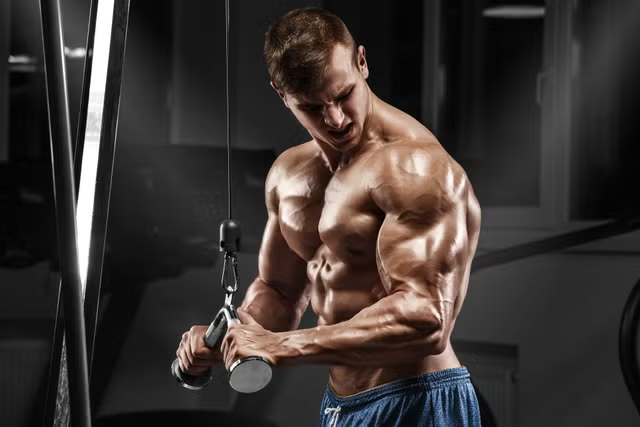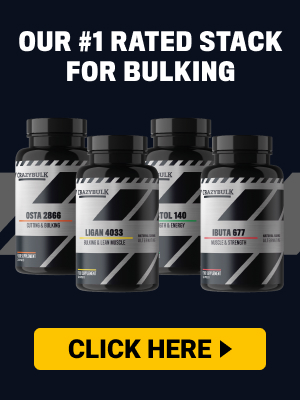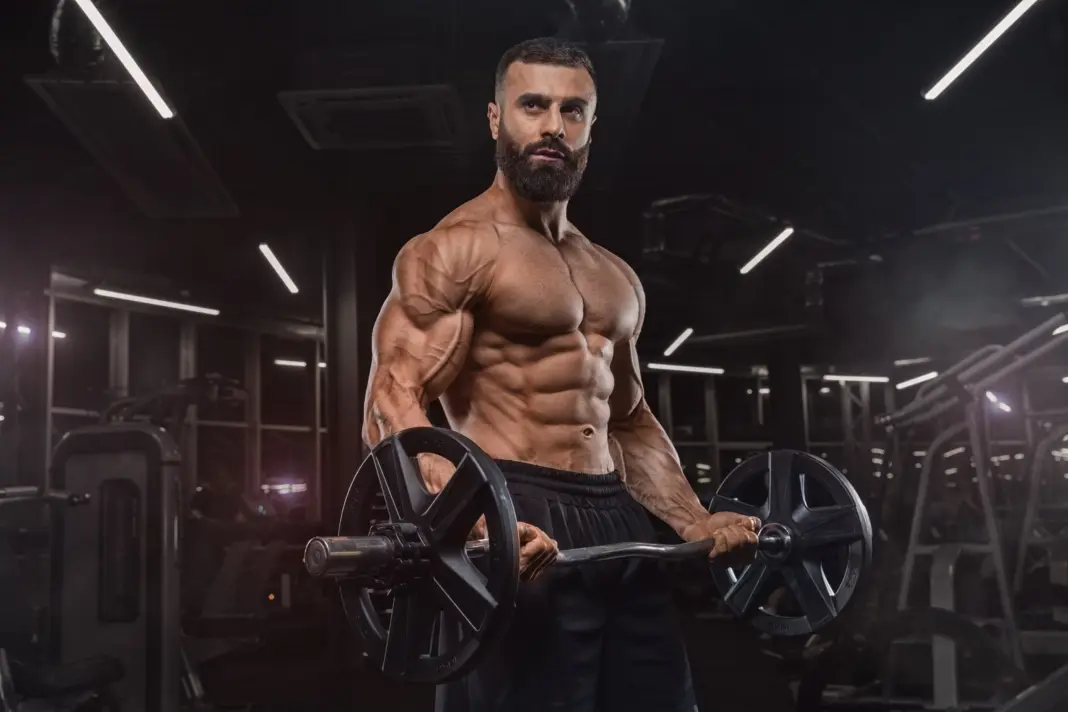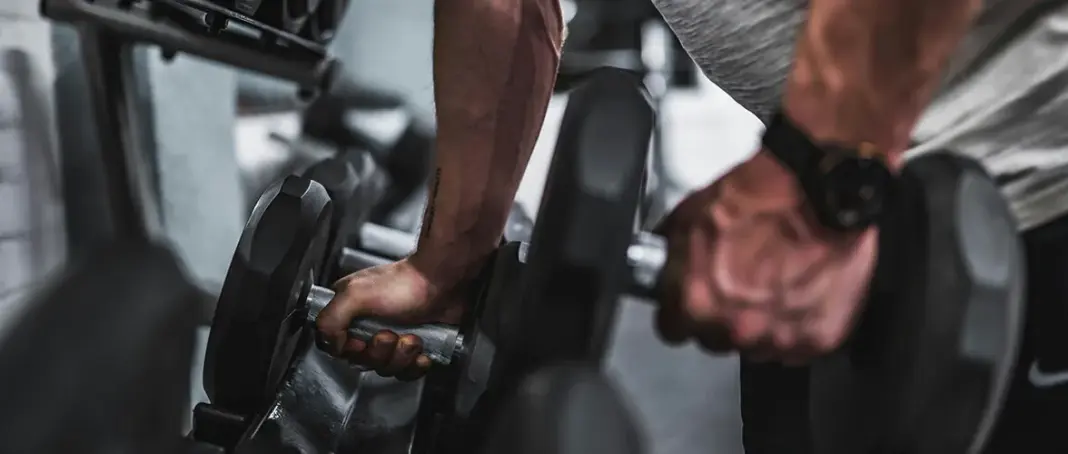⚡ Best Training Split for Muscle Growth: The Ultimate Guide
If your goal is maximum muscle growth, your training split matters. The way you divide workouts across the week — how often you train each muscle, how much volume you use, and how you balance recovery — will determine your long-term results.
But here’s the truth: there isn’t one “best” split for everyone. The right program depends on your experience level, schedule, and recovery capacity.
In this guide, we’ll break down the most effective training splits for building muscle, compare their pros and cons, and help you choose the one that fits your life and physique goals.
🔎 What Is a Training Split?
A training split is simply the way you divide your workouts across the week. For example:
- Push Pull Legs (PPL): Push, pull, legs
- Upper Lower: Upper body days and lower body days
- Bro Split: Each workout dedicated to one muscle group
The split determines:
- Frequency (how often you hit each muscle)
- Volume (total sets per week per muscle)
- Recovery (how much rest muscles get before being trained again)
👉 The best training split for muscle growth is the one that delivers enough volume and frequency while allowing full recovery.
📊 Training Principles for Muscle Growth
Before diving into splits, let’s cover the fundamentals of hypertrophy:
- Progressive Overload → You must increase weight, reps, or sets over time.
- Training Volume → Research suggests 10–20 sets per muscle per week is optimal for most lifters.
- Training Frequency → Hitting each muscle 2x per week is generally superior to once per week.
- Exercise Selection → Prioritize compound lifts, then add isolation for weak points.
- Recovery → Growth happens outside the gym; recovery must match training stress.
💥 The Most Popular Training Splits for Muscle Growth
Upper Lower Split (4 days per week)
- Structure:
- Day 1: Upper
- Day 2: Lower
- Day 3: Rest
- Day 4: Upper
- Day 5: Lower
- Day 6–7: Rest
- Pros:
- Trains each muscle 2x per week
- Balanced strength + hypertrophy
- Efficient for beginners and intermediates
- Only 4 days required
- Cons:
- Less specialization (harder to focus on weak points)
- Each session can be long (especially upper body days)
👉 Best for: Beginners and intermediates seeking efficient growth with 4 days/week.
Push Pull Legs (PPL) (3–6 days per week)
- Structure:
- Day 1: Push (chest, shoulders, triceps)
- Day 2: Pull (back, biceps, rear delts)
- Day 3: Legs
- Repeat for 6-day version
- Pros:
- Movement-based split, well-balanced
- Frequency: 2x per week (6-day version)
- Flexible: can be run 3, 4, 5, or 6 days
- Great for intermediates and advanced lifters
- Cons:
- 6-day version can be brutal on recovery
- Requires consistency to maximize benefits
👉 Best for: Intermediates and advanced lifters with time for 5–6 training days.
Bro Split (5–6 days per week)
- Structure:
- Day 1: Chest
- Day 2: Back
- Day 3: Shoulders
- Day 4: Arms
- Day 5: Legs
- (Optional Day 6: Abs/weak points)
- Pros:
- Maximum focus on one muscle per workout
- Great for mind-muscle connection
- High per-session volume
- Cons:
- Only 1x frequency per muscle (suboptimal for naturals)
- High time commitment (5+ days/week)
- Risk of “diminishing returns” after 12–15 sets in one session
👉 Best for: Advanced or enhanced bodybuilders focusing on detail and specialization.
PHUL (Power Hypertrophy Upper Lower) (4 days per week)
- Structure:
- Day 1: Upper Power
- Day 2: Lower Power
- Day 3: Rest
- Day 4: Upper Hypertrophy
- Day 5: Lower Hypertrophy
- Pros:
- Combines strength + size focus
- 2x frequency per muscle
- Balanced across compounds and accessories
- Cons:
- More complex programming than standard Upper Lower
- Can be demanding for beginners
👉 Best for: Intermediates wanting both strength and size progression.
PHAT (Power Hypertrophy Adaptive Training) (5 days per week)
- Structure:
- 2 power days (upper + lower)
- 3 hypertrophy days (back/shoulders, legs, chest/arms)
- Pros:
- Excellent hybrid of strength and hypertrophy
- High volume and frequency (2x per muscle)
- Proven results among advanced lifters
- Cons:
- Intense and difficult to recover from
- Requires 5 days/week commitment
👉 Best for: Advanced lifters chasing both strength and hypertrophy.
Full Body Workouts (2–4 days per week)
- Structure: Train all major muscle groups in each session.
- Pros:
- Very efficient (great for 2–3 days/week)
- High frequency → fast strength gains
- Simple progression
- Cons:
- Long sessions if done 3x/week with high volume
- Less specialization possible
👉 Best for: Beginners or lifters with limited time.
🔍 PHAT vs Upper Lower vs PPL vs Bro Split vs Full Body
Here’s how the most popular splits stack up:
| Split | Days/Week | Frequency | Volume | Best For |
| Upper Lower | 4 | 2x | Moderate-High | Beginners & intermediates |
| PPL | 3–6 | 1–2x | Flexible | Intermediates & advanced |
| Bro Split | 5–6 | 1x | High/session | Advanced or enhanced lifters |
| PHUL | 4 | 2x | Moderate-High | Intermediates (strength + size) |
| PHAT | 5 | 2x | Very High | Advanced, recovery-capable |
| Full Body | 2–4 | 2–3x | Low–Moderate | Beginners, busy lifters |
✅ Which Split Is Best for Muscle Growth?
The answer depends on your level and lifestyle:
- Beginners: Full Body or Upper Lower (simple, effective, easy to recover from).
- Intermediates: Upper Lower, PHUL, or PPL (2x frequency with balanced volume).
- Advanced Lifters: PHAT or PPL (higher volume/frequency for continued gains).
- Enhanced Bodybuilders: Bro Split (specialization works with assistance).
- Busy Lifters: Full Body or 3-day PPL (efficient and sustainable).
⚡ Final Verdict
There is no single “best split” for everyone. But for most natural lifters, the best balance of frequency, volume, and recovery comes from:
- Upper Lower Split (4 days per week) – the most sustainable and effective for beginners/intermediates.
- PPL (5–6 days per week) – for advanced lifters wanting maximum frequency.
- PHAT/PHUL – for lifters who want a hybrid strength + size approach.
👉 If you’re just starting out, Upper Lower is your best bet.
👉 If you’re advanced and want to train more often, go with PPL or PHAT.
🔗 Next Steps:
- Compare [Upper Lower vs PPL: Which Builds More Muscle?]
- Compare [PHAT vs Upper Lower: Which Is Better for Size and Strength?]
- Read [Full Body vs Bro Split: Which Works Better for Beginners?]

